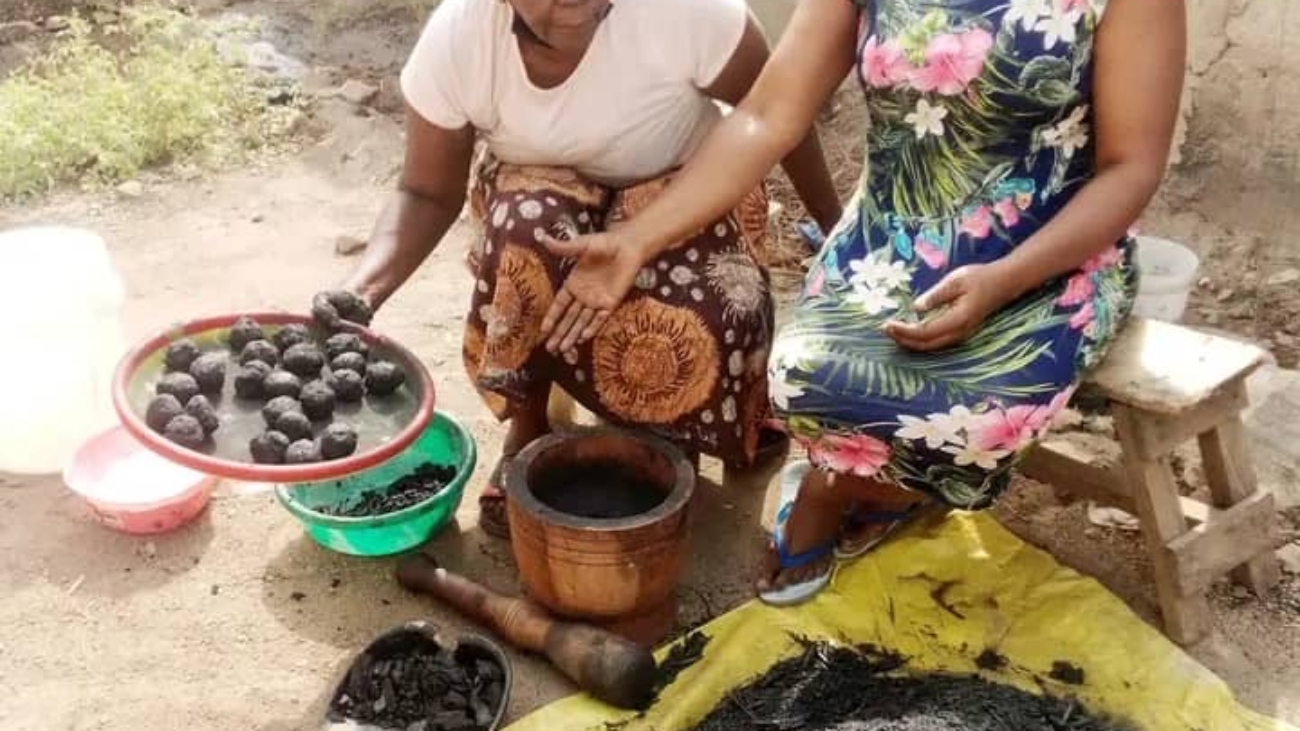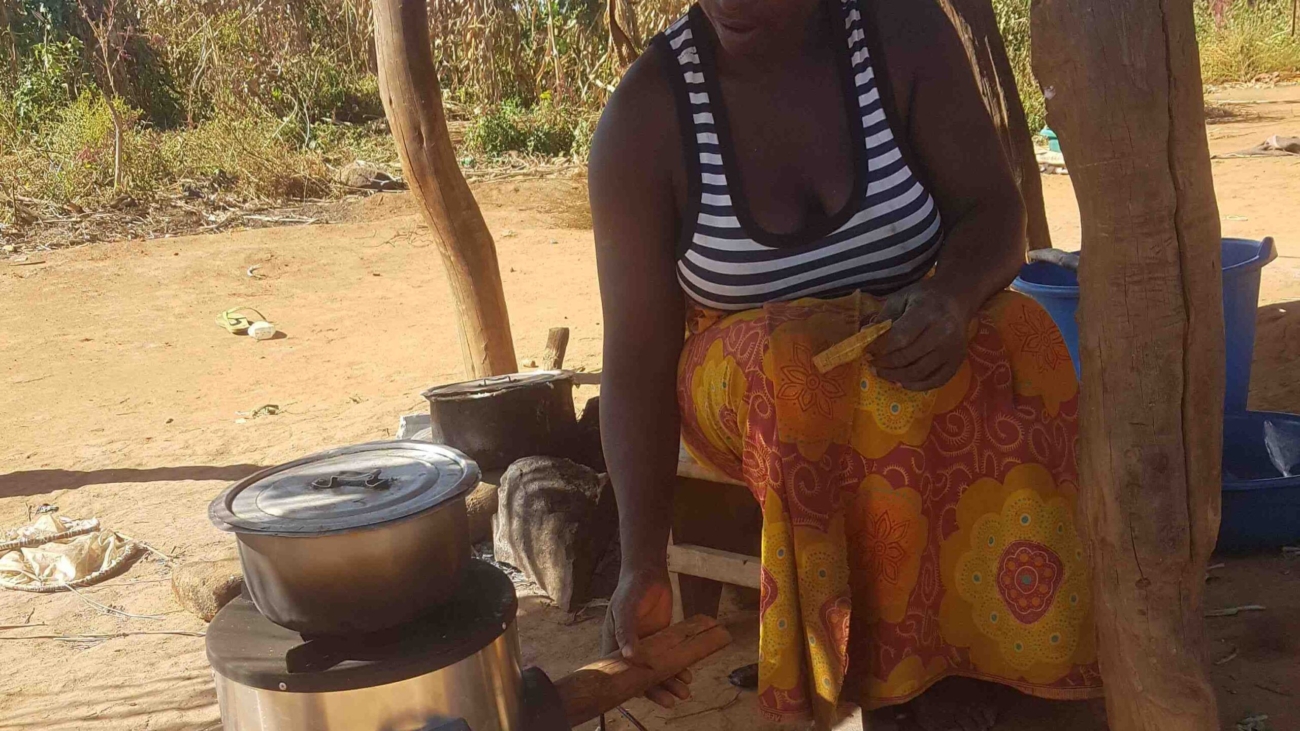Date: May 30, 2025
By Raymond A.
In a landmark move that signals a new era for carbon markets, Verra, a global leader in carbon credit standards, has announced a strategic partnership with Hedera, a blockchain-based distributed ledger platform. The goal? To digitally transform the way carbon credit projects are designed, verified, and tracked—ushering in a more transparent, scalable, and efficient future for the voluntary carbon market.
This collaboration between Verra and Hedera Guardian is more than just a technology upgrade; it represents a structural evolution of the carbon market ecosystem. It addresses long-standing bottlenecks in project management, monitoring, and verification by integrating digital tools, open-source infrastructure, and blockchain transparency directly into Verra’s Project Hub.
Why This Matters
The voluntary carbon market plays a critical role in global climate action, especially for emerging economies and nature-based solutions. However, traditional carbon credit systems have struggled with manual processes, inconsistent data formats, and slow verification timelines; issues that have long undermine trust and hinder scale of some proven carbon removal solutions.
The Verra-Hedera partnership directly responds to these challenges by:
- Offering real-time access to digital methodologies
- Enabling automated compliance and data verification
- Reducing turnaround time for credit issuance
- Enhancing auditability and supply chain transparency
- Preventing issues like double-counting and inflated emissions reduction claims
This modernization promises to bring credibility and speed to a market that urgently needs both.
A Glimpse into the Future: The Senegal Mangrove Project
One of the earliest beneficiaries of this integration is the ALLCOT ABC Mangrove Restoration Project in Senegal. The project, which is seeking registration under Verra’s Verified Carbon Standard (VCS) and Climate, Community & Biodiversity (CCB) programs, submitted its documentation through the newly digitized platform. It employed the VM0033 Methodology for tidal wetland restoration, using Hedera’s integrated system.
This project provides a concrete example of how “boots on the ground” climate work can now interface seamlessly with digital systems, enabling faster access to carbon finance and greater visibility for projects in regions like Africa that have historically been underrepresented in global carbon markets.
Supporting the Global Artisan C-Sink Standard
The impact of this digital transformation extends beyond mainstream carbon standards, it will be instrumental in supporting emerging, high-integrity frameworks like the Global Artisan C-Sink carbon removal standard, which focuses on decentralized, community-led biochar and regenerative agriculture projects.
By using Hedera’s immutable, timestamped blockchain records and Verra’s digitized methodologies, Global Artisan C-Sink projects will benefit from enhanced traceability, real-time reporting, and independently verifiable data chains. This enables:
- Greater trust from buyers seeking reliable, high-integrity removal credits
- More consistent monitoring and verification, especially in rural and off-grid locations
- Scalable certification of distributed carbon sinks managed by smallholder farmers and cooperatives
- Alignment with ICVCM’s Core Carbon Principles and interoperability with global registries
Such digitalization will allow C-Sink projects to credibly demonstrate permanence, additionality, and co-benefits, giving carbon removal credits the robustness needed to compete in increasingly regulated voluntary and compliance markets.
Scaling Digital Impact
This partnership also includes a five-year investment from the Hedera Foundation through the DLT Earth Bounty Program, which incentivises developers to digitise carbon methodologies. Verra plans to digitise at least 20 additional methodologies by the end of 2025, with the goal of bringing more carbon projects into a trusted, scalable digital ecosystem.
According to Wes Geisenberger, Vice President of Sustainability and ESG at the Hedera Foundation, “This integration makes digital MRV scalable for every project and methodology. It’s not just about speed, it’s about trust.”
Implications for Climate Finance and Project Developers
This partnership unlocks significant advantages for various market stakeholders:
- For project developers: A streamlined, end-to-end process to submit, monitor, and verify carbon credits using a single digital interface.
- For investors and buyers: Access to verifiable, immutable data that increases confidence in the authenticity of carbon offset claims.
- For regulators and standard bodies: A scalable infrastructure that aligns with growing calls for transparency, accountability, and impact verification.
Moreover, as digital methodologies become the norm, climate finance will flow more efficiently to high-integrity projects, especially in the Global South, where capacity constraints often delay or derail participation in the voluntary carbon market.
A Digital Path Forward for Carbon Markets
As noted in a recent World Bank study, “Digitising Environmental Asset Systems”, such as through blockchain and AI, is critical for expanding carbon markets at scale. The Verra-Hedera partnership is leading the way, offering an integrated solution that transforms the entire carbon credit lifecycle.
From methodology digitisation to real-time project monitoring, this collaboration enables a robust infrastructure that not only reduces operational friction but also builds a higher standard for transparency, trust, and scale.
Mandy Rambharos, CEO of Verra, summed up the importance of this shift:
“This represents a significant advancement in Verra’s digitalization strategy. Integrating Hedera Guardian with the Verra Project Hub is a meaningful step toward improving the way we serve our stakeholders.”
What This Means for Africa and Emerging Markets
For Prime-Field Consult and our partners in the Global South, this partnership is especially timely. The move toward digital-first carbon market infrastructure will open the door for more equitable participation from African, Asian and Middle Eastern countries in global carbon finance. By reducing barriers to entry, enabling accurate emissions accounting, and promoting high-integrity standards, this development will help local communities, NGOs, and private developers secure the climate funding they deserve.
We believe this collaboration is a turning point—a move toward smarter, faster, and more inclusive climate action.
Stay connected with us for updates on how this development will shape opportunities for African climate innovators, and how Prime-Field Consult is leveraging such trends to support our clients in navigating and succeeding in the evolving carbon market landscape.
#CarbonMarkets #DigitalMRV #Sustainability #BlockchainForClimate #ClimateAction #ClimateFinance #Verra #Hedera #C-Sink #PrimeFieldConsult
![[Downloader.la]-683abd72bdcd0](https://prime-fieldconsult.co.uk/wp-content/uploads/2025/05/Downloader.la-683abd72bdcd0-1300x731.jpg)
![[GetPaidStock.com]-67e69432cc976](https://prime-fieldconsult.co.uk/wp-content/uploads/2018/05/GetPaidStock.com-67e69432cc976-1300x731.jpg)


![[GetPaidStock.com]-68336c91499c9](https://prime-fieldconsult.co.uk/wp-content/uploads/2024/08/GetPaidStock.com-68336c91499c9-1300x731.jpg)
![[GetPaidStock.com]-67e6e7102f0f4](https://prime-fieldconsult.co.uk/wp-content/uploads/2025/03/GetPaidStock.com-67e6e7102f0f4-e1743186606264-1300x731.jpg)
![[Downloader.la]-67d71f9215de3](https://prime-fieldconsult.co.uk/wp-content/uploads/2025/03/Downloader.la-67d71f9215de3-1300x731.jpg)